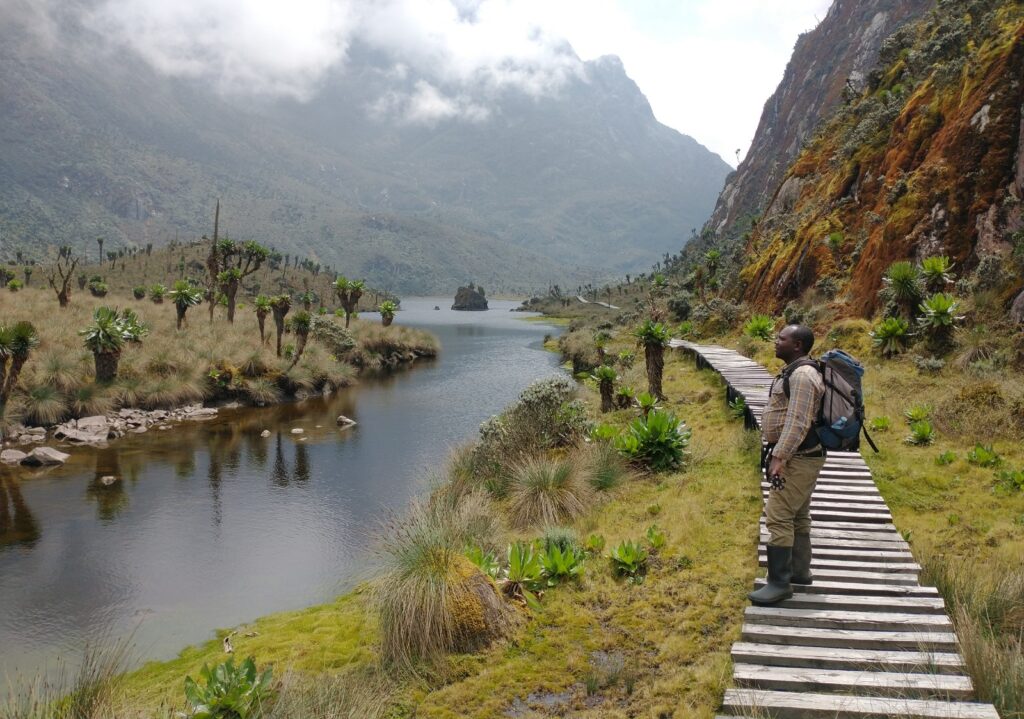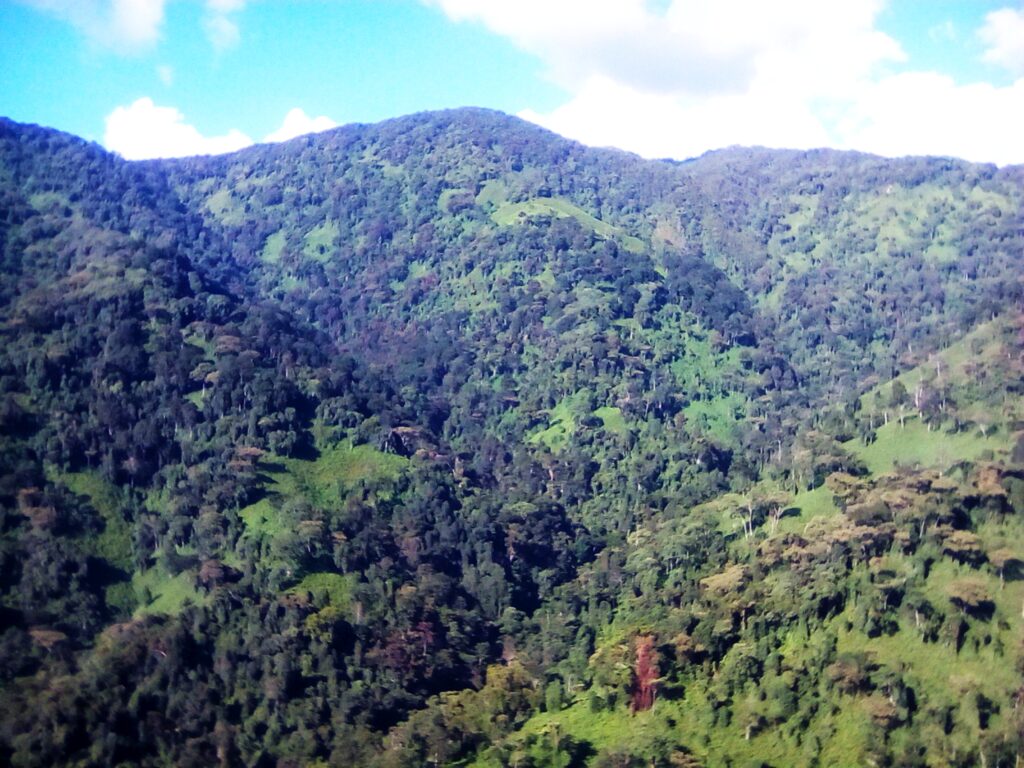
Challenges
-
- poaching (the removal of wildlife from within park boundaries)
-
- encroachment on the river banks.
-
- park and the river banks are at risk of becoming an “island of biodiversity”
-
- all the land bordering a national park and river banks have been cultivated and cleared,
-
- local land owners are in possession of large tracts of indigenous forest.
-
- lack of conservation awareness, economic pressures and poverty
-
- dramatic increase of local population
-
- increase in the conflict between people and wildlife
-
- explosion in agricultural practices leading to problems with soil productivity, floods and erosion
Our intervention
-
- Encouraging alternative methods for local people to gain firewood
-
- Micro finance projects e.g fruit tree planting where people can use their land sustainably
-
- Supporting sustainable soil cultivation and organic methods
-
- Partnership with local groups surrounding the park
Strategic priority 1. Protect the natural environment.
-
- Land acquisition.
-
- Replanting of indigenous trees along river banks.
-
- Support for recycling projects.
-
- Networking and partnership working with other environmental organizations in the region.

“What we have to do in order to fight the climate change is to plant more trees. If we plant mainly indigenous trees as a whole community and stop cutting existing trees, I think there is a chance the Rwenzori glacier will stop melting.”
Ronald,
Strategic priority 2. Raise awareness of conservation issues.
-
- Supporting local conservation training and education initiatives.
-
- Facilitating skill-share opportunities
-
- Supporting the training of community leaders in conservation.
-
- Developing cross-pollination with Rwenzori child care schools programme to support conservation education in schools.
-
- Investigate potential sponsorship of university students in conservation.

“In the past people could cultivate different pieces of land, therefore did not exhaust the soil that much. Nowadays people are too many and we dispute about the land and over-cultivate.”
George
Strategic priority 3 . Reduce dependence on natural resources.
-
- Encouraging and supporting community tree planting.
-
- Supporting training for local households to begin kitchen gardening.
-
- Investigate the startup of community honey producing initiative.
-
- Support community training in micro-finance.
-
- Support poultry farming
-
- Encourage linkage with NGO’s providing livestock support e.g revolving goat projects, zero grazing.

“Recently the flood washed away my garden by the river. Now we are aware we have to plant bamboo trees by the river to retain the water istead of clearing the land for cultivation. With melting glacier up there, we expect more flooding.”
Agnes
Strategic priority 4 : Reduce poverty
-
- Support development of community eco-tourism initiatives e.g nature trails, guiding, bird and butterfly tours.
-
- Investigate the potential for primate tours in the area.
-
- Support training and production of traditional handicrafts and saleable items made from recycled materials e.g buvera rope.

“Rwenzori mountain is so rich for herbs and medicinal plants. I know the herbs to cure many problems and diseases. Only last years I can not find anymore some particular plants as the weather conditions have changed.“
Rachel
